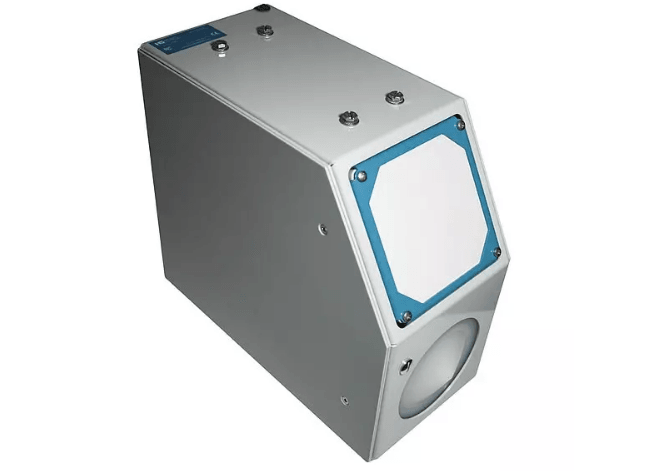
In the world of industrial safety, the importance of monitoring and detecting electrical discharges cannot be overstated. Electrical discharges, also known as electrical discharges in air (EDAs), can occur in various industrial settings, including power plants, manufacturing facilities, and construction sites. These discharges can be hazardous to workers and equipment, and can even lead to catastrophic failures. In recent years, Non Contact Discharge Radar has emerged as a game-changer in the field of industrial safety, offering a reliable and efficient way to detect and monitor electrical discharges.
What is Non-Contact Discharge Radar?
Non-contact discharge radar is a type of radar technology that uses radio waves to detect and measure electrical discharges in air. Unlike traditional methods, which rely on physical contact with the discharge, non-contact discharge radar uses a non-invasive approach to detect and monitor discharges from a safe distance. This technology has revolutionized the way industries approach electrical discharge detection, providing a more accurate, efficient, and cost-effective solution.
How Does Non-Contact Discharge Radar Work?
Non-contact discharge radar works by emitting radio waves into the air and detecting the reflections that bounce back from the discharge. The radar system uses advanced algorithms to analyze the reflections and determine the location, size, and intensity of the discharge. This information is then used to trigger alarms, shut down equipment, or alert workers of potential hazards.
Advantages of Non-Contact Discharge Radar
Non-contact discharge radar offers several advantages over traditional methods of electrical discharge detection. One of the most significant benefits is its ability to detect discharges from a safe distance, eliminating the risk of physical contact with the discharge. This technology is also more accurate and reliable than traditional methods, providing real-time data and alerts to help prevent accidents and equipment damage.
Another significant advantage of non-contact discharge radar is its ability to detect discharges in real-time. This allows industries to take immediate action to prevent accidents and equipment damage, reducing downtime and increasing productivity. Additionally, non-contact discharge radar is more cost-effective than traditional methods, as it eliminates the need for physical contact with the discharge and reduces the risk of equipment damage.
Applications of Non-Contact Discharge Radar
Non-contact discharge radar has a wide range of applications in various industries, including:
1. Power Plants: Non-contact discharge radar is used to detect and monitor electrical discharges in power plants, helping to prevent accidents and equipment damage.
2. Manufacturing Facilities: Non-contact discharge radar is used to detect and monitor electrical discharges in manufacturing facilities, helping to prevent accidents and equipment damage.
3. Construction Sites: Non-contact discharge radar is used to detect and monitor electrical discharges on construction sites, helping to prevent accidents and equipment damage.
4. Oil and Gas Industry: Non-contact discharge radar is used to detect and monitor electrical discharges in the oil and gas industry, helping to prevent accidents and equipment damage.
Challenges and Limitations of Non-Contact Discharge Radar
While non-contact discharge radar offers several advantages, it is not without its challenges and limitations. One of the main challenges is its ability to detect discharges in environments with high levels of interference, such as those with high levels of radio frequency interference (RFI). Additionally, non-contact discharge radar may not be effective in detecting discharges in environments with high levels of humidity or moisture.
Future Developments in Non-Contact Discharge Radar
As technology continues to evolve, we can expect to see significant advancements in non-contact discharge radar. One area of focus is the development of more advanced algorithms that can better detect and analyze discharges in real-time. Additionally, researchers are working to improve the accuracy and reliability of non-contact discharge radar, making it even more effective in detecting and preventing electrical discharges.
Conclusion
Non-contact discharge radar has revolutionized the way industries approach electrical discharge detection, providing a reliable and efficient way to detect and monitor discharges from a safe distance. With its ability to detect discharges in real-time, non-contact discharge radar has the potential to prevent accidents and equipment damage, reducing downtime and increasing productivity. As technology continues to evolve, we can expect to see significant advancements in non-contact discharge radar, making it an even more effective tool in the fight against electrical discharges.